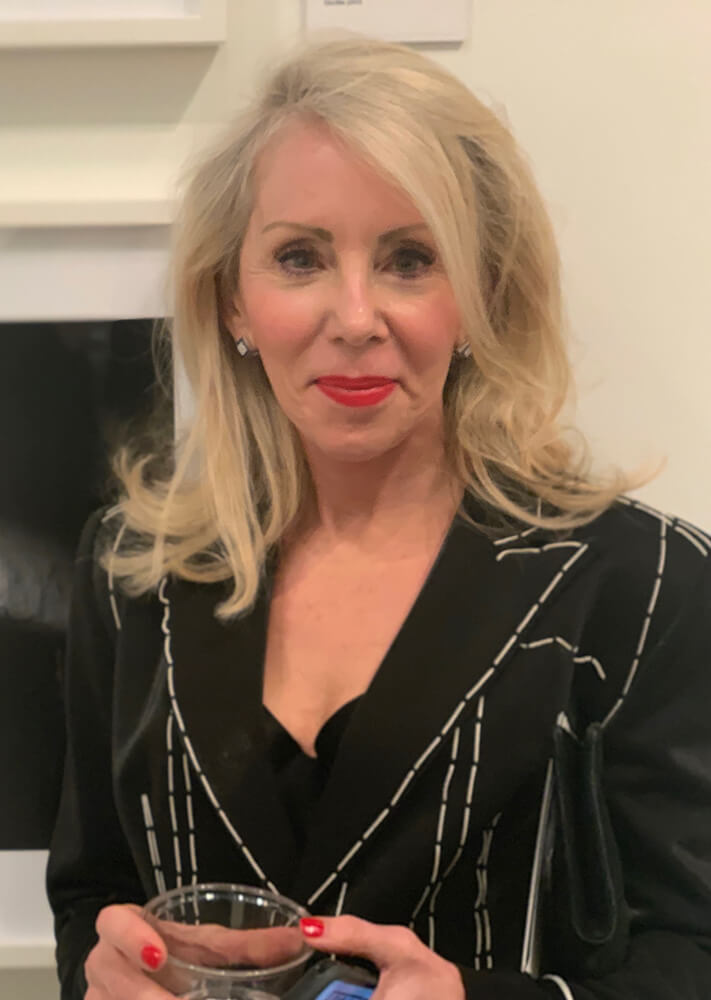Michele Zousmer is a humanitarian and fine art photographer. The camera is her tool to give voice to marginalized communities and witness the human experience. Michele's work celebrates each individual's strength and beauty, as well as their vulnerability and spirit, going beyond how one presents oneself to the world. They are infused with her almost overwhelming empathy.
Michele believes a photograph can create a lasting impression of emotion, curiosity, love, and ultimately hope of mankind. It can help people heal, give them dignity, and feel empowered. Her photographs reveal insights into the lives of people we wouldn't otherwise meet. Through her world travels, Michele meets people from different walks of life, listening to their stories and sharing intimate moments with them. The permission they grant and openness they offer by inviting them into their world never ceases to move Michele. The soulfulness of her images comes from developing relationships with the people she engages with. Michele truly believes that even though we may have differences on the outside, inside we are all the same.
The images are infused with her almost overwhelming empathy.
Artist Statement
"My mind, my eyes, and my heart have been opened by my experiences. My life has been forever changed. I hope my work inspires others to feel we all matter and to care more profoundly. Engaging in the world and becoming open to different cultures and traditions allows for more conversation on diversity and equality. Photographs hold the power to connect people and create understanding. This is why I do what I do."
Article
Mis(s)Understood